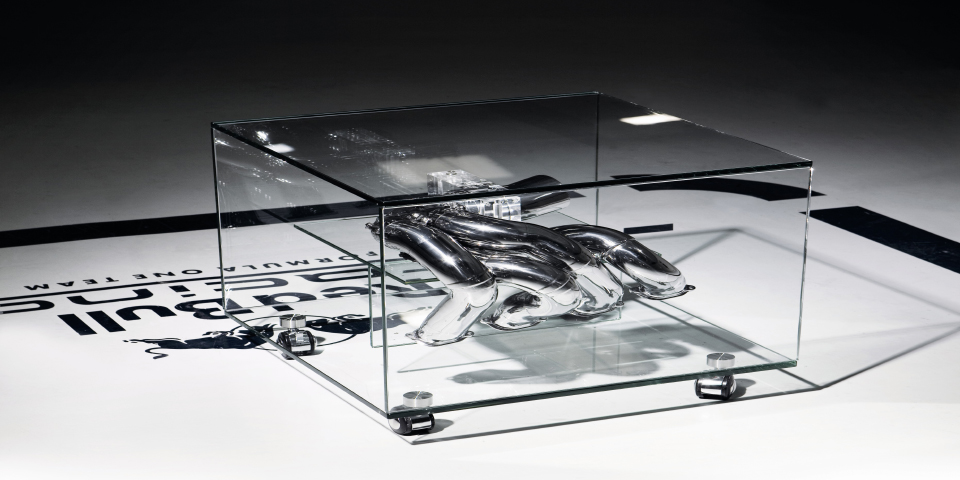Gold 2011: "Old Normal" Returns
By Adrian Ash
This year marked a step-change in the nature of gold investment demand…
MOST PEOPLE rightly think of gold bullion as an inflation hedge. But it’s only now, ten years into this bull market, that this “old normal” so clearly applies.
After the interlude of the banking crisis – when debt-free gold, as an alternative to unsecured savings accounts, offered an immediate haven – gold has reverted to its more historic role: a refuge from excessive government debts, and from the inflation and currency crises they threaten to spawn.
That’s why 2010 marked a step-change for this bull market in gold – a switch to steadier growth in investment demand, rather than short-term crisis buying, fed by a broadening awareness of just how deep and long-lived fiscal deficits have become.
This blunt fact looks set to continue driving new gold investment demand in 2011. Short of an utter reversal in US fiscal policy or such unlikely (and ironic) events as a new “economic miracle” in over-spent states like Ireland, the global impact on gold prices will play out in four ways…
#1. Risk Free’ Means ‘Guaranteed Loss’
When the return on savings is less than the rate of inflation it doesn’t matter that gold doesn’t provide you with an income. Tightly supplied and indestructible, it offers a natural and obvious alternative to cash. Inflation expectations in Anglo-America are rising as 2011 begins, but the Bank of England and US central bank look highly unlikely to raise rates this year, and not even the ‘hawks’ (Thomas Hoenig at the Federal Reserve, Andrew Sentance in London) are talking about raising rates anywhere near high enough to pay savers a decent real return on their cash.
#2. Political Risk Hits the Euro
In Europe, it’s the Eurozone debt crisis driving strong growth in gold demand. The fear, especially in Germany, is that 2011 will see either inflation, debt default, the end of the Euro, or all three at once. This is also a growing worry for central-bank reserve managers, who tried to diversify away from the US Dollar over the last 10 years, only to find political risk added to the money-supply inflation they were suffering in the US currency.
#3. The World’s Fastest-Growing Gold Buyers
After the 60% increase in gold reserves reported in early 2009, many analysts wonder when the People’s Bank of China will next announce a further sharp increase. But the real gold story from China – the world’s fastest-growing economy – remains private household demand. Chinese consumers bought more gold in the last two-and-a-half years than Beijing’s central bank owns altogether.
With cash deposit rates in China now barely half the official rate of consumer-price inflation (2.25% vs. 5.5%), demand for inflation-proof gold has risen by 14% year-on-year by volume since 2005, averaging 38% annual growth by value. Beijing is loathe to raise interest rates, fearing a flood of ‘hot money’ from Western markets desperate for a real return. The net result, with Chinese price-inflation already at 28-month highs, is continued erosion of cash values to domestic savers.
#4. Supply – the Easy Gold’s Gone
It took gold mining output eight years to respond to rising prices, finally expanding by 6.4% in 2009 after a tripling of Dollar prices. Despite huge growth in exploration spending, it still lagged the peaks of 1998-2003, and major new discoveries remain absent. Scrap supplies from existing gold owners picked up the slack during the financial crisis, but just as Indian households (still the world’s top buyers) have steadily adapted to rising prices to maintain their demand, so scrap sellers are starting to demand fresh record high prices. More urgently, the ‘easy gold’ from new gold-selling households in the West has already been tapped. So where former world No.1 mining nation South Africa is now digging 4 kilometres below ground to extract ore, more closely-held bracelets and earrings will demand much higher prices before returning to market.
Looking ahead, the only serious challenge to continued growth in global gold demand remains sharply higher real rates of interest. But with Western governments desperate to keep rates low so they can finance their record peace-time deficits – and with emerging economies led by China desperate to avoid ‘hot money’ inflows as a result – a grinding loss of purchasing power for cash savers looks assured in 2011. Gold (and also silver) will remain the obvious alternative. And with fiscal and monetary failure only becoming more obvious to a broadening section of the public, gold looks set to become increasingly popular too.
Adrian Ash
Gold price chart, no delay | Buy gold online at live prices
Formerly City correspondent for The Daily Reckoning in London and head of editorial at the UK’s leading financial advisory for private investors, Adrian Ash is the editor of Gold News and head of research at BullionVault – winner of the Queen’s Award for Enterprise Innovation, 2009 and now backed by the mining-sector’s World Gold Council research body – where you can buy gold today vaulted in Zurich on $3 spreads and 0.8% dealing fees.
(c) BullionVault 2010
Please Note: This article is to inform your thinking, not lead it. Only you can decide the best place for your money, and any decision you make will put your money at risk. Information or data included here may have already been overtaken by events – and must be verified elsewhere – should you choose to act on it.













